The U.S. is a melting pot of people from different backgrounds, yet it has its own unique culture that isn’t always obvious to people living within its borders. The dominance of American films and TV shows often makes it tricky to sort global trends from real American experiences until one travels abroad. Here are 19 things that you might not realize are unique to the U.S.
Supersized Portions

The NIH says larger portions are one of the primary reasons for America’s obesity problem. Not only do restaurant meals offer extra calories, but they also set a standard for portion sizes at home, causing people to eat more wherever they are. Elsewhere, portion sizes of everything from burgers and sandwiches to popcorn and soda tend to be much more modest.
Ice in Everything

For many cultures, adding ice to cold beverages is not customary, although it may be offered or available as a request. In America, however, it’s almost a ubiquitous expectation when ordering cold drinks from bars, cafés, or restaurants. It might come from the southern states, where the hot climate makes a cold jug of iced tea especially refreshing!
Casual Dress Codes

The average American workplace or social setting tends to be more relaxed in terms of dress code, with jeans, t-shirts, sneakers, and sportswear a common sight here. People from other countries tend to be less casual, even during their leisure time, and may wear more formal outfits or even a smart suit when eating out or entertaining guests.
Free Refills
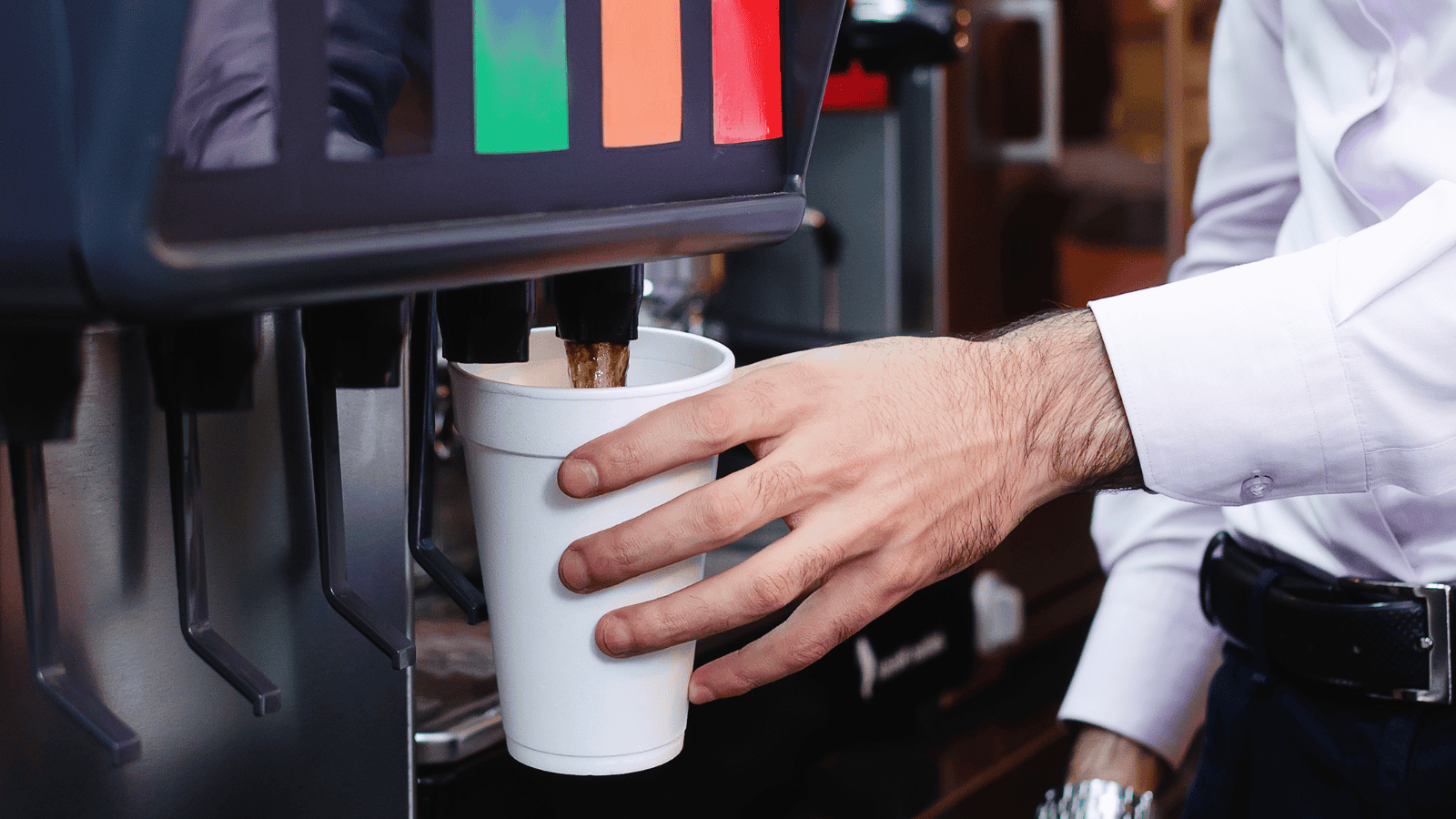
The concept of endless free refills on drinks, particularly soft drinks, is a uniquely American phenomenon that many tourists find surprising but welcome. Almost everywhere else in the world, customers are charged for refills on coffee or soda, so bear that in mind when you’re eating out abroad. The practice is associated with generally larger portion sizes in the U.S.
Tipping Culture

Qantas Airways Limited writes that tipping is not a legal requirement in America, but failing to tip is so socially frowned upon that many Americans feel obligated to leave 20–25% gratuity, especially in restaurants. This is a stark contrast to Europe and Asia, where tipping is appreciated but never expected. This can cause extra expense and confusion for tourists visiting the U.S.
Individualism

American society emphasizes individualism and personal achievement and tends not to encourage things like a ‘hive’ mentality or making sacrifices for the ‘good of society.’ This stands in contrast to many cultures that prioritize the needs of the collective or family unit over individual goals, including the Communist-style regimes found in Russia and China.
Direct Communication

Americans tend to be more direct and blunt in their communication style compared to some cultures. This can sometimes be misconstrued as rudeness, but it’s often simply a reflection of a straightforward and to-the-point approach. Visitors from cultures with more indirect communication styles may need to adjust their expectations.
Celebrating Every Occasion

If you ask a pregnant European if they’re planning a ‘gender reveal party’ or a baby shower, they might look at you blankly! Americans tend to turn any occasion into a party or celebration, but not everyone around the world has the same mentality. It’s a fun and positive aspect of American culture, and many immigrants embrace it.
Fast Food Domination

Not all countries have fast food outlets on every street corner, as is common in the U.S. Food & Wine asserts that the largest fast food chains in the world are American—McDonald’s, KFC, Burger King, Pizza Hut, and Subway! We may see them as convenient and ubiquitous, but they aren’t the first choice in many cultures, where fresher ingredients and a slower dining style are preferred.
Personal Space

Americans tend to value a decent amount of personal space in social interactions and can be uncomfortable if people lean in too closely, stand directly next to them, or kiss/hug as a greeting. Elsewhere, especially in Mediterranean countries like Italy, personal space is less sacred, and many people are comfortable with physical greetings or in shoulder-to-shoulder crowds.
Gun Culture
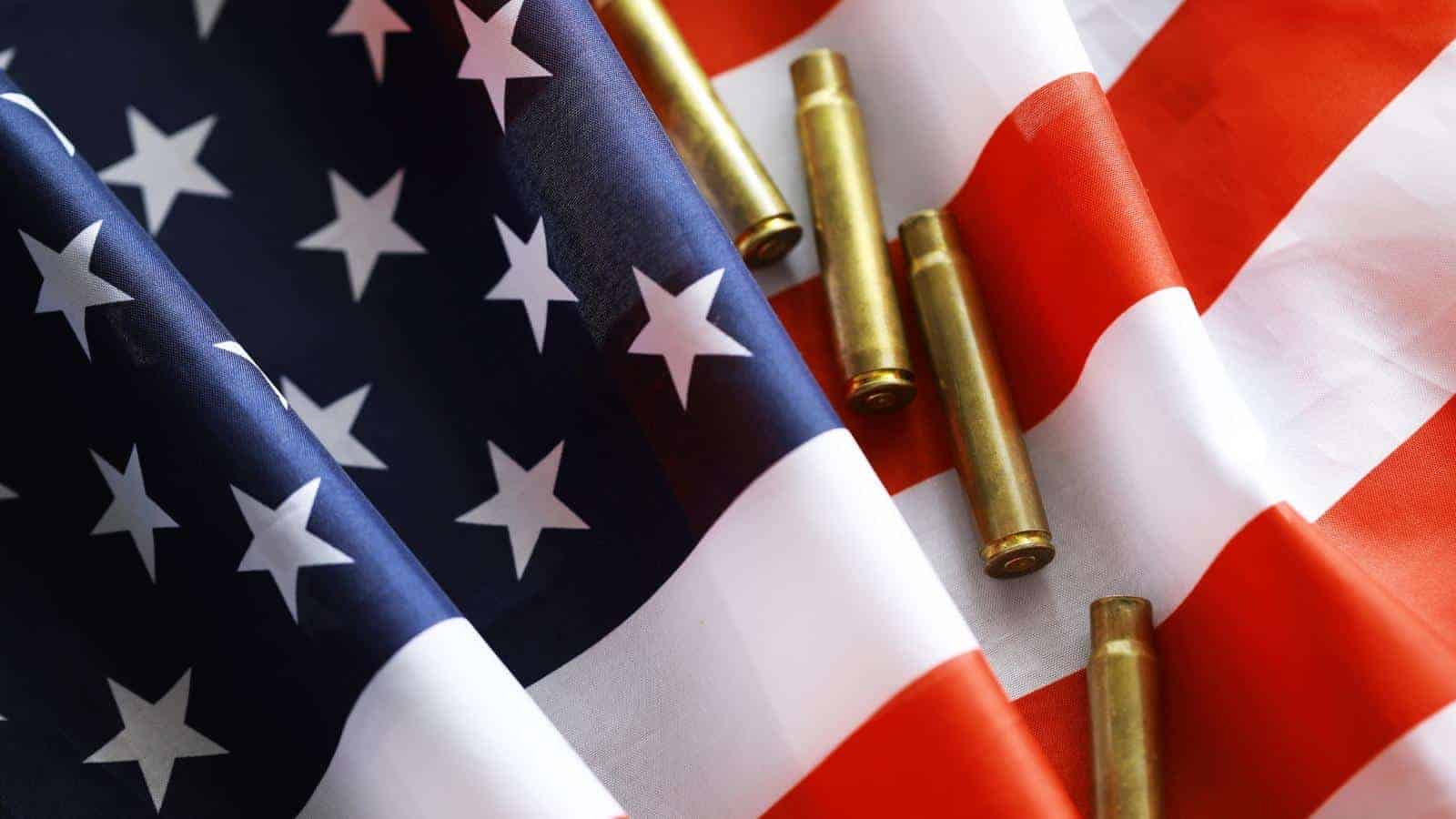
While not all Americans own a gun, gun laws are much more relaxed in the U.S. than they are in the majority of foreign countries, and owning one is a lot more common here than elsewhere. International tourists can find it a shock to see guns openly carried while visiting America, and some will never have seen a real gun up close before, except in the movies!
Focus on Positivity

American culture emphasizes a positive, optimistic outlook, as is evident by the popularity of phrases like “can-do attitude” and “the sky’s the limit.” This emphasis on self-reliance and perseverance may come from colonial times when life was tough and getting ahead required hard work. Other cultures can be more cynical and sometimes find this positivity superficial.
Suing Culture

Despite India having over 1 billion more people, Go Remotely claims the U.S. has almost as many lawyers! While not everyone is suing companies or each other, a great number of lawsuits are filed every year, and legal proceedings are a common way to resolve disputes. This can be surprising to visitors from countries with a more collaborative approach.
Mixing Religions Freely

The modern United States was built on immigration and has a long history of religious freedom, with many different faiths practicing within its borders. Not all foreign countries are so obliging, though, and several places around the world are more restrictive, with a dominant religion having priority and alternatives being heavily controlled or even banned.
College as a Rite of Passage

Attending college is seen as an almost essential rite of passage for many young Americans, especially within certain social circles or socioeconomic groups. This emphasis on higher education can be surprising for visitors from countries that have a stronger focus on vocational training programs or where higher education is only accessible to the wealthy elite.
Garage Culture
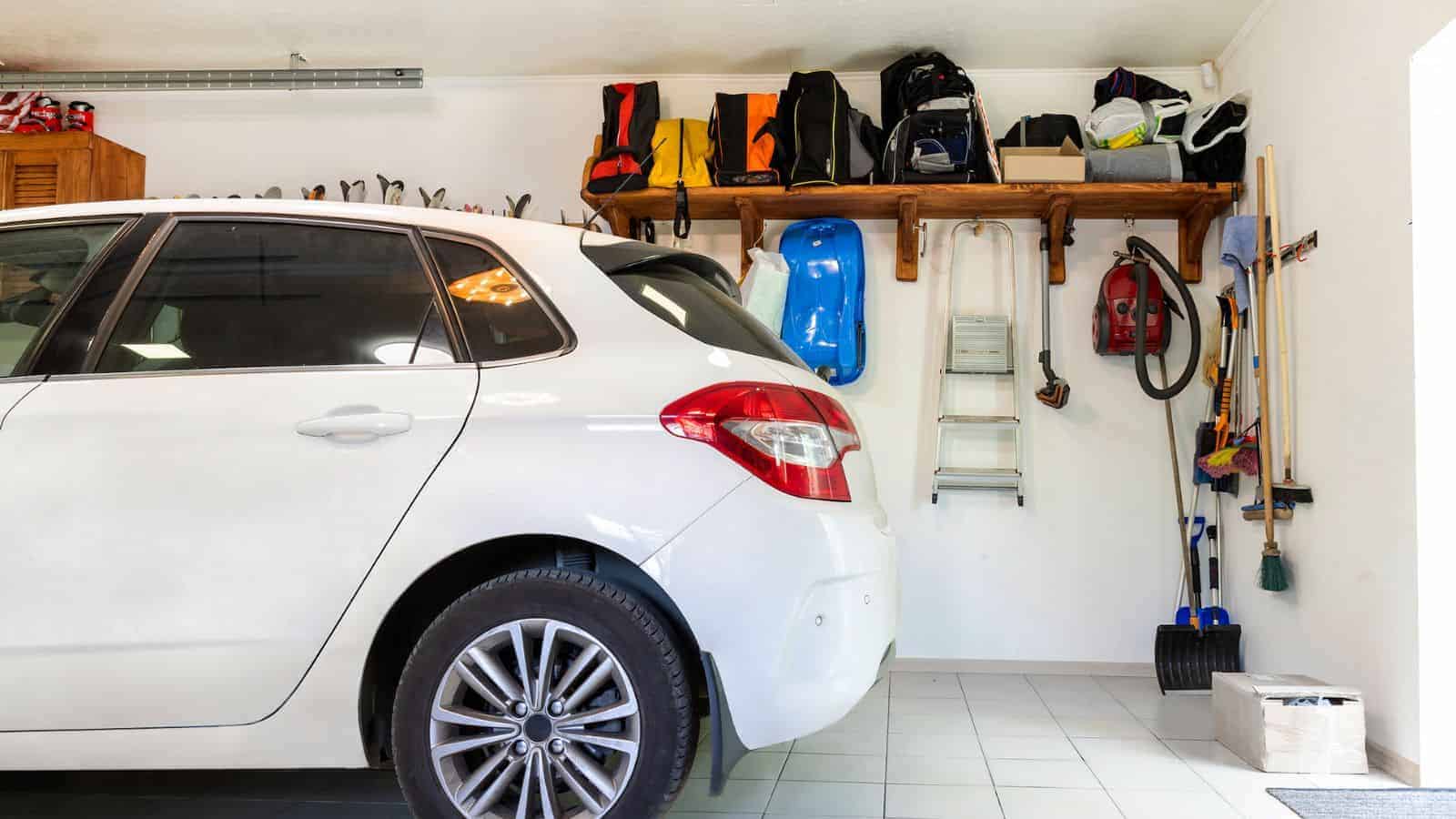
The American garage isn’t just a place to put cars or keep tools; it’s often a cultural space—a potential workshop, hangout space, or even a place to practice creative arts like music or painting. This multi-functional room embodies the American DIY spirit and the emphasis on practicality and resourcefulness, but foreigners don’t always understand it.
Volunteerism

Volunteerism occurs in almost all countries worldwide but is especially common in American society. Many people here dedicate their time and energy to various causes, from soup kitchens and homeless shelters to animal rescues and environmental conservation. New arrivals may find this a little strange, but they typically regard it as a positive aspect of life in the U.S.
National Pride
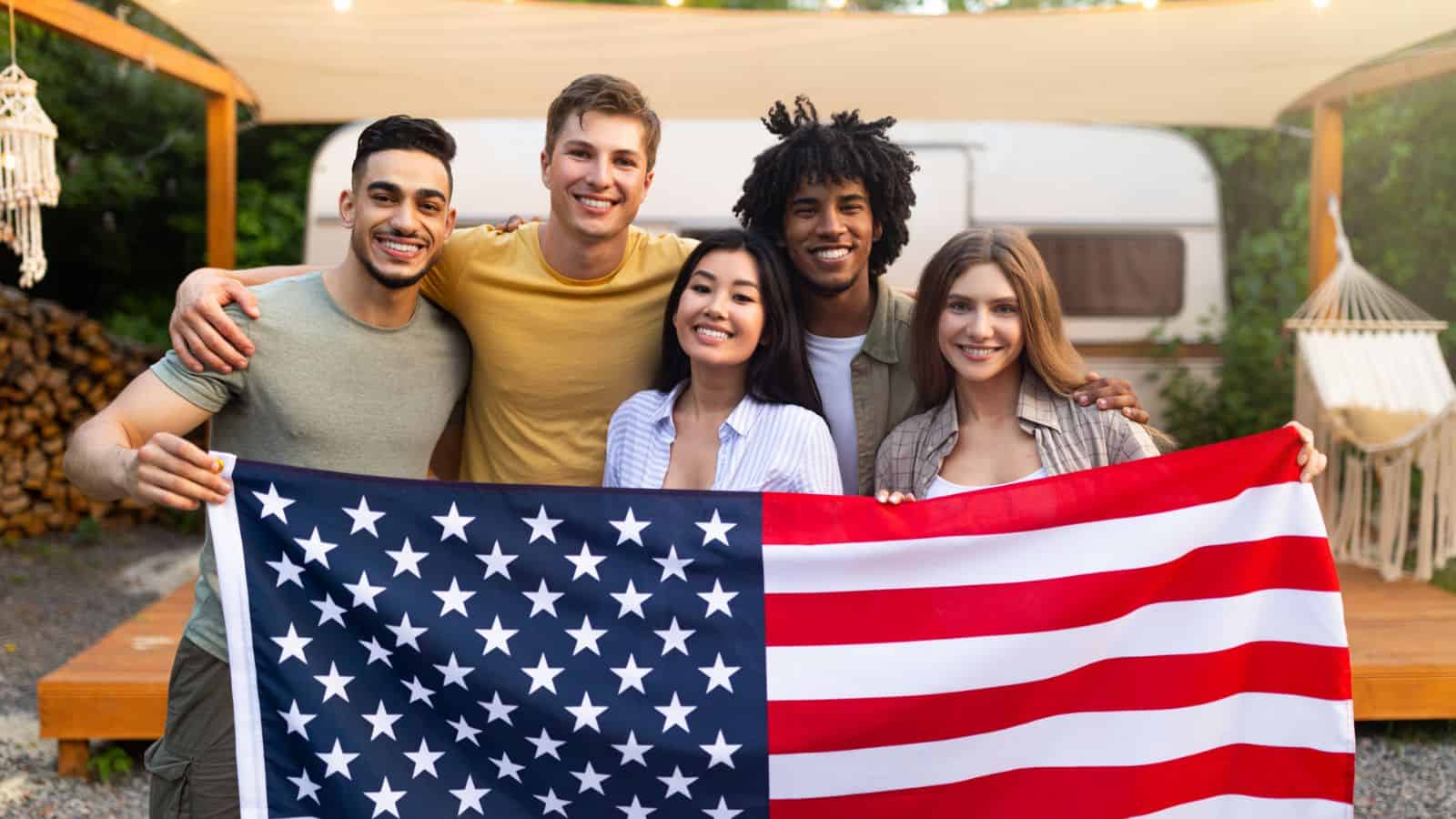
Patriotism is by no means a purely American concept, but the level of national pride can be surprising to people from countries that are more reserved or critical of their governments, like the U.K. Foreigners can find American displays of patriotism, like flag flying, national holiday celebrations, and ‘pledging allegiance,’ a little strange and over-the-top.
College Football

For many international visitors, the sheer fervor surrounding American college football can be amusingly intense, as school teams are not normally so passionately supported and followed in other countries. They can be bemused during weekends in the fall, when Saturdays can be practically dedicated to this sport and entire towns shut down to ‘bleed’ their school colors.
Up Next: 17 Places in the U.S. Where Even Truck Drivers Won’t Stop
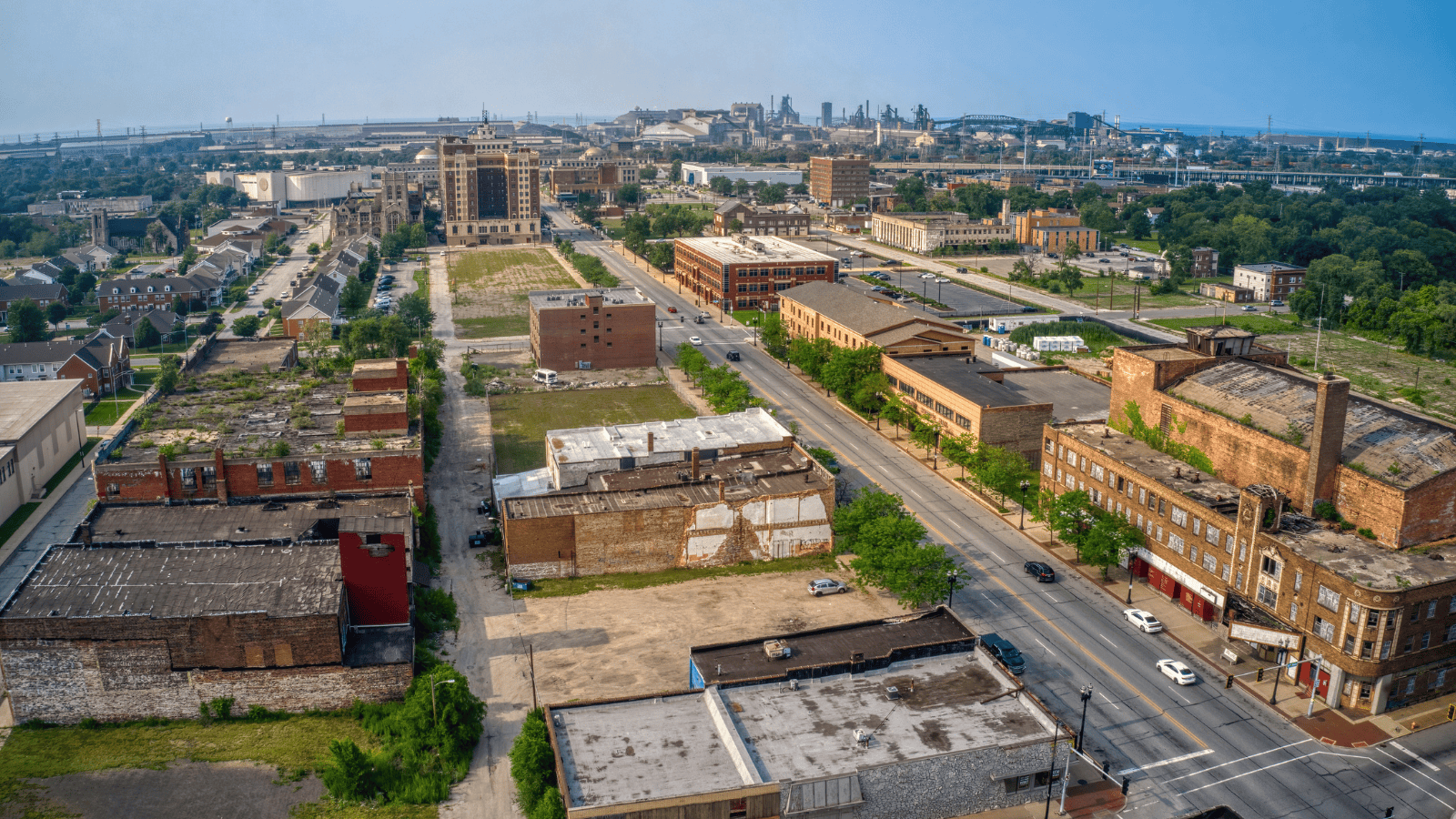
Truck drivers tend to be hardy souls—well-seasoned travelers who aren’t often afraid to rest up or refuel in risky locations. However, there are certain U.S. locations that even the most road-weary trucker refuses to stop at for fear of criminal activity or natural dangers. Here are 17 such locations that even experienced truck drivers approach with trepidation (or not at all).
17 PLACES IN THE U.S. WHERE EVEN TRUCK DRIVERS WON’T STOP
17 Things Guests Actually Notice Right Away About Your House

Inviting people into your home is a big deal. You may be very house-proud or house-conscious, and if you are either, you’ll likely get anxious about hosting. If this sounds like you, stop worrying and focus on the following 17 things that guests actually notice right away about your house.
17 THINGS GUESTS ACTUALLY NOTICE RIGHT AWAY ABOUT YOUR HOUSE
The 17 Unhappiest States in America

The US has hit an all-time low position in the World Happiness Index, tumbling to 23rd in 2024. However, it’s important to remember that location is an important factor; many US states are very happy, unlike the following 17 US states that appear to be the most unhappy.
